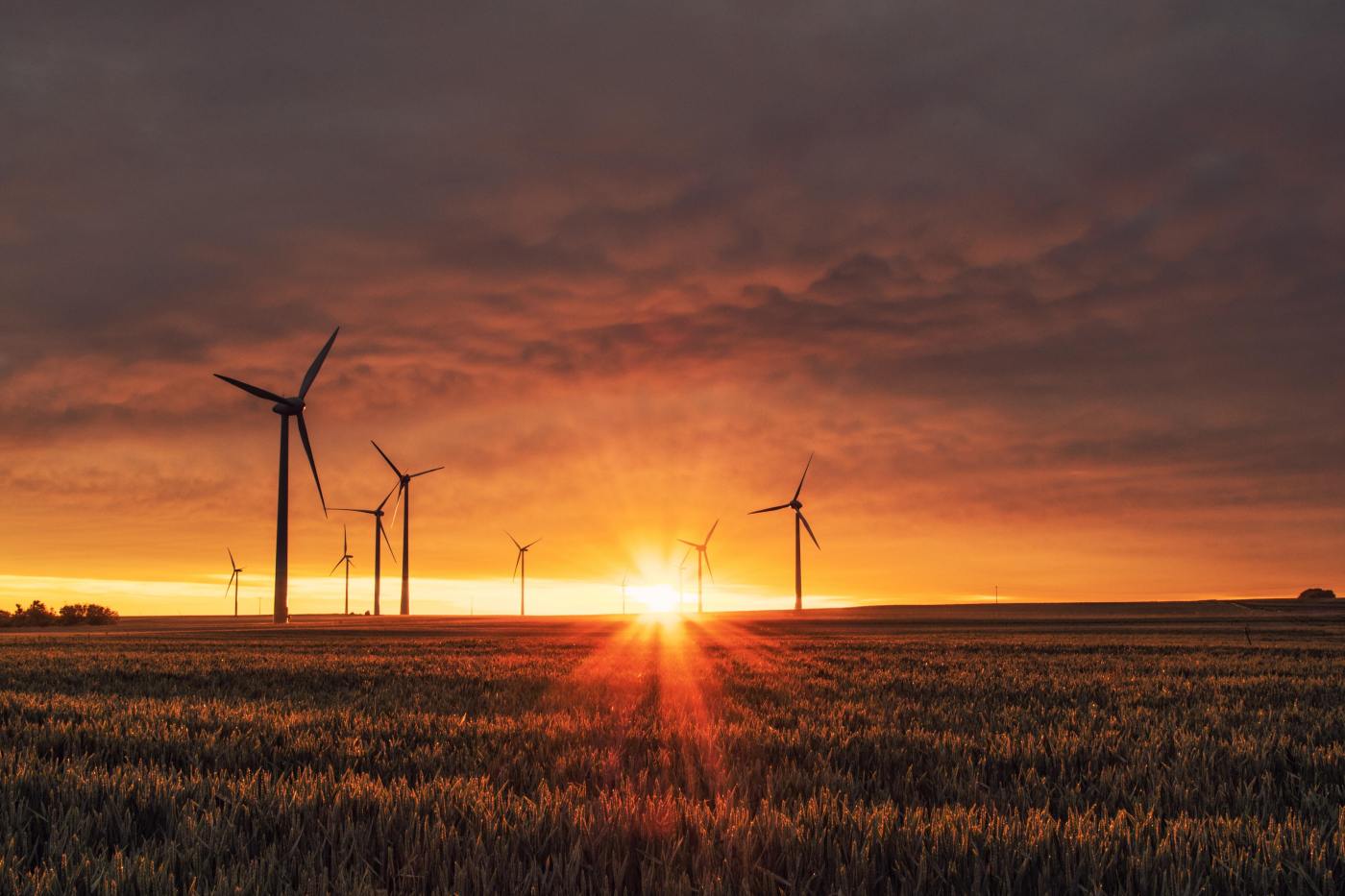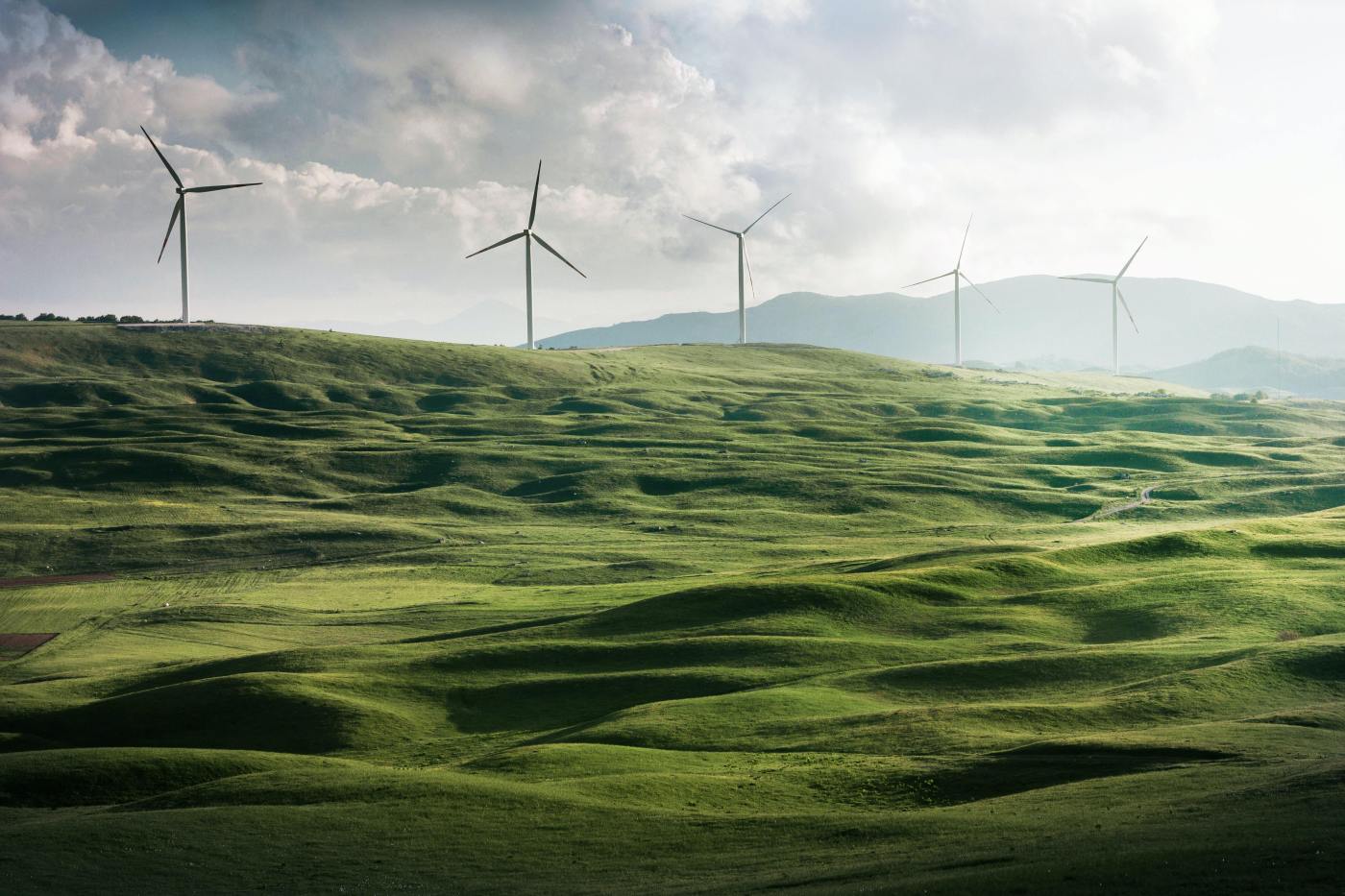
Key themes in the clean energy sector: what to expect in 2023
Having guided our clients through the turbulence of 2022, Lodestone’s team is well-placed to judge the key opportunities and threats likely to influence the year ahead. Over the coming weeks, keep an eye out for other sectoral deep-dives in areas including investment and technology.
Lodestone Associate Director, Harry Padfield, looks at some of the key trends in clean energy that we are likely to see in 2023.
After a turbulent year for energy markets in 2022 that prompted significant interventions and stimulus packages from governments across Europe and in the US there is likely to be a greater degree of stability this year – but the risk of price shocks that could derail policy objectives will remain.

Rising costs of clean energy technologies and inflation
After years of cost reductions, one of the major challenges the sector faces in 2023 is making the continuing case for renewables in the context of rising costs of materials.
A high-inflation environment has led to questions about the overall economics of clean energy technologies like wind turbines and batteries, given the rising cost of capital.
The reality is that renewables, despite their intermittency, will continue to offer the most affordable, secure source of energy as countries look to reduce their reliance on volatile fossil fuels.
The challenge for the sector this year will be to re-emphasise the arguments for renewables on cost grounds while continuing to increase its market share across different technologies and geographies.
Green trade disputes with the US
The US Inflation Reduction Act will significantly shift the global dynamics of clean energy.
Up until this point Europe has led the US in the development of clean energy technologies, but President Joe Biden’s $369bn stimulus package to supercharge investment in green technology through state aid and subsidies is changing the game.
As a result, we are already seeing complaints from Europe about US protectionism and warnings from EU member states of becoming embroiled in ‘tit-for-tat’ disputes on green trade, when the focus needs to be on reducing reliance on Russia hydrocarbons that are likely to grow.
This also poses a problem for post-Brexit Britain, which risks being further squeezed in a subsidies race between Europe and the US if it does not act quickly to get the economy moving again by harnessing innovation in new green technologies.
Energy market reform
Both in the UK and in the EU, we will see the focus of policy shift from short-term responses to price shocks to more structural market reforms, so that the price of electricity can be decoupled from gas – as several UK energy suppliers with stronger renewable credentials have advocated.
In the UK we have already seen announcements from the government this year on capacity market reform to help scale up energy storage and hydrogen to enhance energy security as part of the Review of Electricity Market Arrangements (REMA).
Similarly, in Europe the EU Commission are planning to publish their revised proposals for internal electricity market design reform by the end of March. The Commission is currently consulting with industry and wider stakeholders to get their views on how the market can perform better which includes barriers to conclusion in the PPA market, forward markets and hedging to mitigate exposure and accelerating the deployment of renewables.
UK and EU policymakers will want to accelerate these reforms over the coming year to help deliver energy cost reductions to consumers and businesses.
China and the demand for critical materials
Reducing over-reliance on Chinese control of rare earth metals will remain a core focus for Western governments as they look to make progress on decarbonisation.
Last year, the UK published its own strategy that aims to improve the security of supply of critical minerals, like lithium, which will be key to achieving the roll out of the UK’s EV charging infrastructure and other emissions targets that are currently off track.
Likewise in Europe, before the summer we will see the introduction of the European Critical Raw Materials Act to help reduce EU reliance on China, who currently provide over 95 percent of the EU’s supply of critical minerals it needs to support green industries.
However, with the cost of commodities expected to rise this year with the reopening of the Chinese economy, supply chains are likely to come under further downward pressure that could impact the delivery of key infrastructure that helps to achieve decarbonisation in the UK and Europe.
Harry Padfield is an Associate Director at Lodestone.